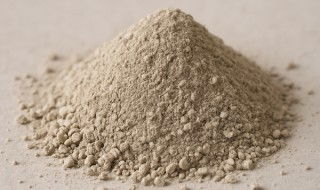Scientists at the University of Cambridge, UK, have been replacing lime flux with used cement paste for steel recycling. The resulting slag could, in turn, create a zero-emissions cement in a closed-loop process.
‘If the electric arc furnace [for steel recycling] is powered by non-emitting electricity, the only significant emissions in today’s steel recycling come from making the lime flux. So, with our process, it looks like we can make zero-emissions steel and zero-emissions cement,’ says Professor Julian Allwood from the University.
The cement is made in a recycling loop that could eliminate the emissions of cement production, save raw materials and reduce the emissions required in making limeflux.
The process begins with concrete waste from demolished buildings. This is crushed to separate the stones and sand from the mixture of cement powder and water that bind them together. The cement powder is then used instead of lime flux in steel recycling. As the steel melts, the flux forms a slag that floats on the liquid steel to protect it from oxygen in the air. After the recycled steel is tapped off, the liquid slag is cooled rapidly in air, and ground up into a powder that is virtually identical to the clinker that is the basis of new Portland cement.
The researchers are now testing its durability, but early trials suggest that, in the right conditions, the cement can be chemically identical to Portland clinker.
Prof Allwood explains they are forming a spin-off company that will hold the licence to the patent and are working with advisors to explore various business models.
He added, “We need to find out how different sources of used cement paste affect our product, and to explore how the new flux interacts with existing steel recycling operations. We are also planning a large-scale demonstrator project to confirm that the process works at scale.”
